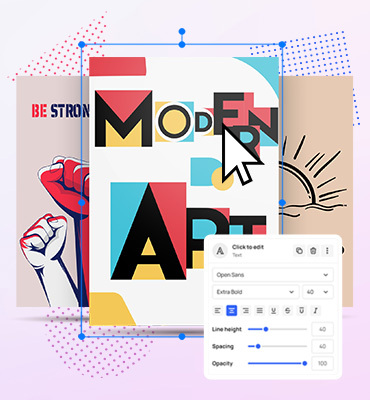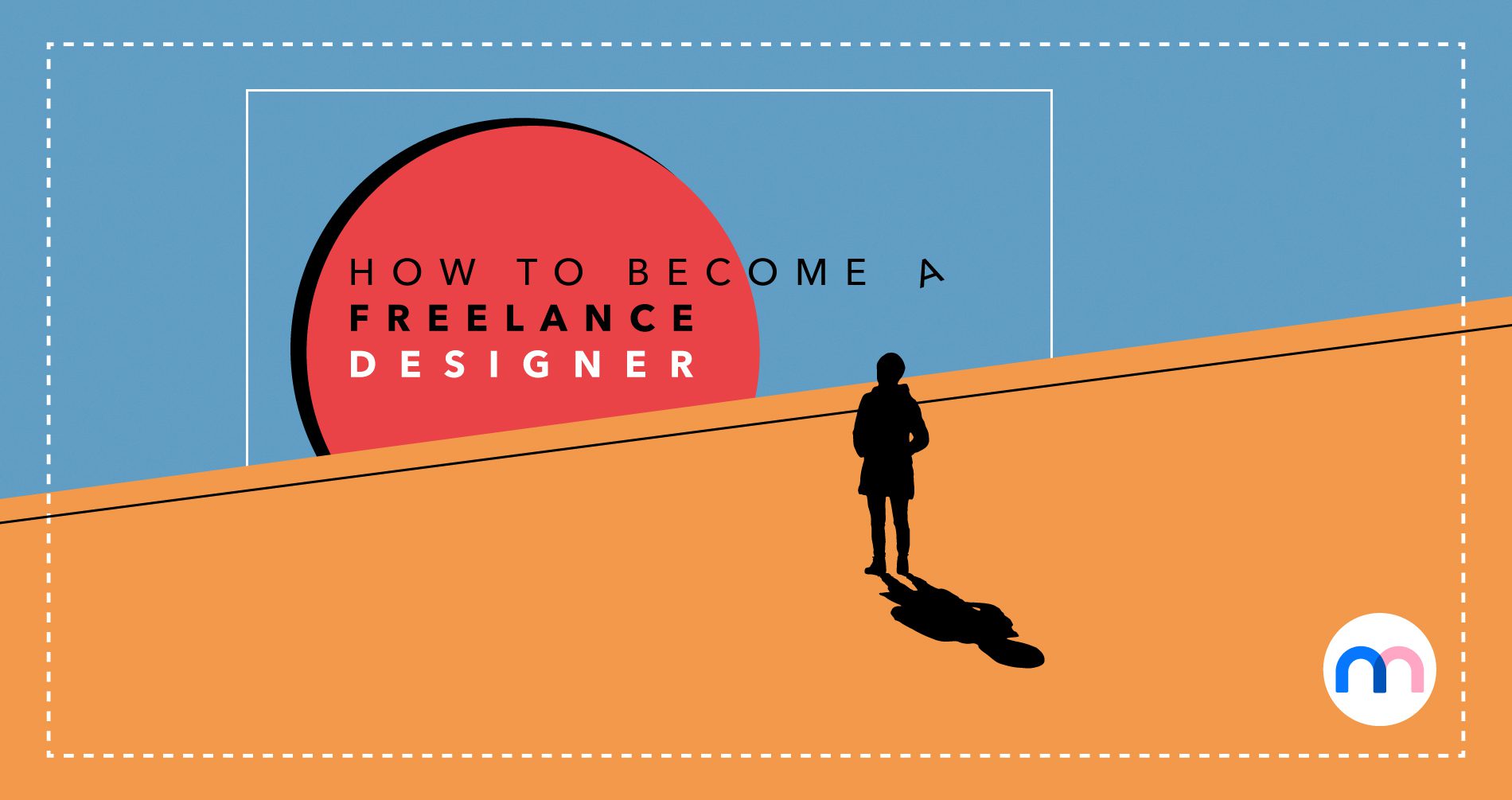How to Become a Freelance Graphic Designer
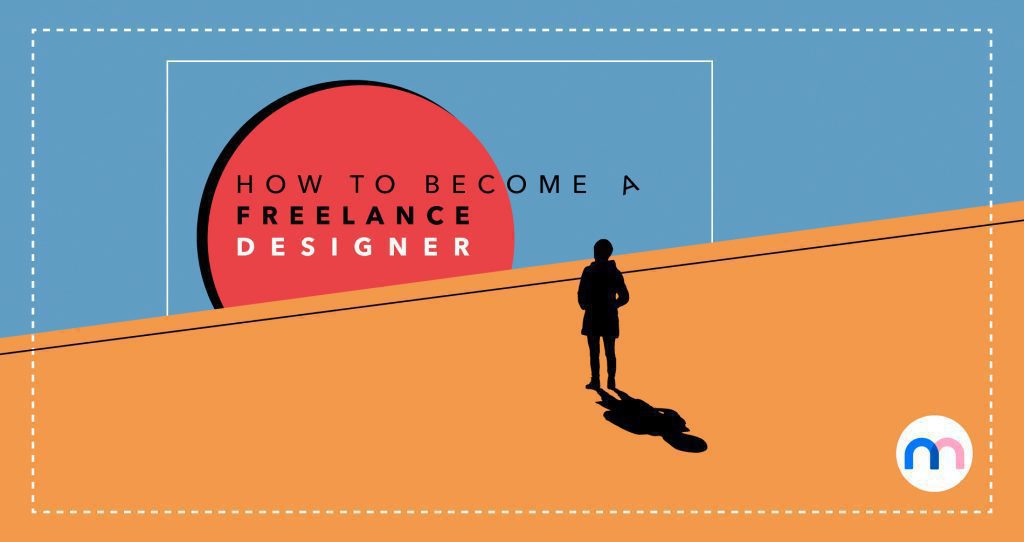
Are you dreaming of ditching the 9-to-5 grind and launching your own creative career? Learning how to become a Freelance Graphic Designer can unlock the freedom to work on projects you love, set your own schedule, and build a business on your own terms.
Starting a career as a freelance designer could unleash a wide range of emotions, from scary to empowering. While it might not be the easiest profession to break into, being your own boss may guarantee a deeper sense of satisfaction and accomplishment compared to having a classic job.
On our blog, we already talked about starting a business online by monetizing your skills. In this article, we will talk more in-depth about becoming a Freelance Graphic Designer.
Whether you’re an experienced designer or just starting out, this guide will walk you through the essential steps, skills, and tools you need to succeed in the world of freelance graphic design.
What is Graphic Design?
To put it simply, graphic design is a process of creating visual content to communicate messages, often from brands to consumers. This includes many different categories, such as visual identity elements (ie. logos and style guides), marketing and advertising products, UI design, packaging, and video games.
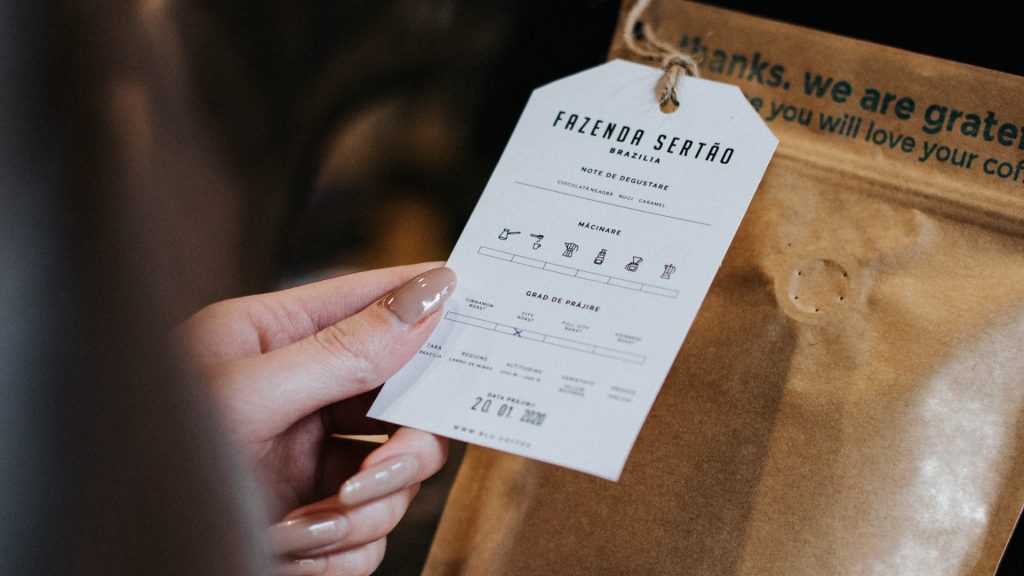
Graphic design is one of the fastest-growing creative industries today. The continuously expanding need for promotional visuals during the digital era has skyrocketed the design business in recent years.
Naturally, this meant it also influenced the freelancing world as well. Every company, regardless of its size, requires some level of design. For most companies, it is not profitable or logical to hire an in-house designer, so they might choose to work with independent contractors.
Graphic Design in Numbers
- Approximately 600,000 businesses launch every year. They all need a designer to help with at least a logo.
- Almost 400 new websites are created every minute. They all need to be designed.
- There are around 341,000 billboards in the United States. They all need a professional designer behind the scenes.
Do you see where this is going?
So… How to Become a Freelance Graphic Designer? Concrete tips from Gabriela
While no set of rules exists for being a designer or a freelancer, we want to share a successful example. No one gives more useful advice than someone who has been through it all.
This does not mean this is the path you need to follow. Make sure to try different things and choose what works best for you!
Gabriela is a freelance designer from Romania who became a freelancer after finishing an internship in her second year of university. She decided to take the leap because she wanted to have a closer personal relationship with clients and experiment with what it’s like to have full control over the workflow and projects.
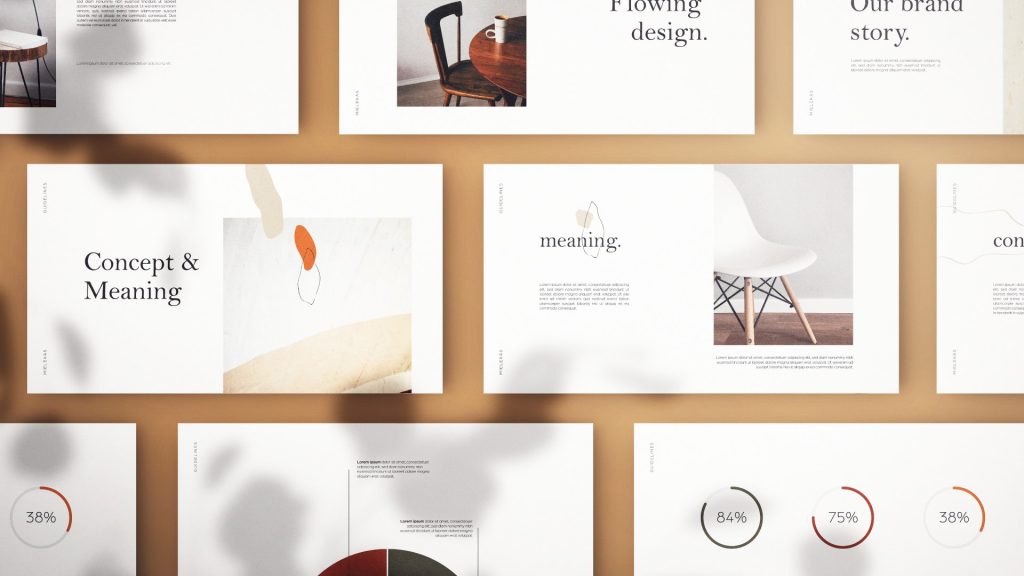
Studying Digital Media really influenced her choice and increased her interest in content creation. However, what really enabled her were the long YouTube videos and graphic design forums. These resources can be a great starting point for any aspiring freelance designer – before starting to monetize your skills, you need to make sure you are happy with what you create.
Once you build a portfolio and feel confident with your designs, you need a place to reach your potential audience. Gabriela’s preferred platform to find new projects is Upwork, where she receives job invitations and has already established long-term connections.
She confesses that the start was slow, but she felt happy to experience what she was looking for: “heartfelt discussions with clients, long (but totally worth it) sessions of feedback, and even friendships.”
In most cases, it won’t be a full-time job for a while, so do not expect to earn your living through design instantly. Depending on the project and the client, sometimes it pays to work for a discounted rate or even for free, in order to create connections and a better portfolio. That does not mean you should under-evaluate your skills! If you start with a lower rate, gradually raise your price when you feel you have reached your personal skill goals.
“Another big pillar was, of course, working and receiving feedback on my work. My work got better and better after every session of feedback I had with my clients.”
If you have a hard time breaking into the market, you should consider finding your niche. For example, Gabriela is mostly focusing on editorial design. So far, she has designed a couple of planners, helped clients with mock-ups, promotional materials, and sometimes even branding if they are just getting started.
Essential Skills Every Freelance Designer Needs
Before you start pitching to clients, it’s important to build a strong foundation of skills that will set you apart from the competition.
First, you’ll need to master design software like Adobe Photoshop, Illustrator, and InDesign. These tools are the backbone of most design projects, from logos to marketing materials.
Equally important are your communication and project management skills. As a freelancer, you’ll often work directly with clients, so you’ll need to feel confident presenting ideas, receiving feedback, and staying organized. Strong time management and the ability to meet deadlines consistently will help you build trust and secure repeat business.
Finally, don’t overlook the basics of marketing and self-promotion. Knowing how to position your services, create proposals, and share your work on platforms like LinkedIn and Behance can make a big difference in landing new projects and growing your reputation as a professional designer.
Building an Impressive Portfolio That Wins Clients
Your portfolio is often the first thing potential clients will look at when deciding whether to hire you. It’s your chance to showcase not only your technical abilities but also your creativity and problem-solving skills. Start by gathering examples of your best work, even if they’re personal projects or mockups you created to practice. Quality matters more than quantity, so focus on pieces that reflect your style and expertise.
Consider creating case studies for a few key projects. Explain the client’s goals, your design process, and the results you achieved. This shows prospects how you approach challenges and deliver value.
Make sure your portfolio is easy to navigate and visually appealing. You can host it on a personal website, or use popular platforms like Dribbble or Behance to gain more visibility. Updating your portfolio regularly ensures it always reflects your latest skills and keeps potential clients engaged and inspired to work with you.
The Bottom Line
If there is only one thing that sticks with you from this article, it should be that the only way to succeed in a career such as freelance graphic design is through consistent work and patience. Don’t be discouraged if you can’t get many projects at first! This is a competitive industry. Trial and error will only make you better.
If you don’t know where to start designing and cannot afford classes, you can turn to the iconic YouTube tutorials. Never forget how important practice is – you can always use Mediamodifier’s design tool to create, and our tutorials to improve. In addition, there are many online communities to join and events to attend, where you can discuss with and learn from other designers.
In terms of freelancing, platforms such as Upwork and Fiverr can be a good place to advertise yourself until you feel confident enough to create your own website. Places where you can create designs (often for free, but good for practice) are also:
- FakeClients, a platform that gives you briefs from non-existing clients in need of a design of your choice
- 99designs’ contests, where you can bid your design for different projects, and get paid if yours is chosen
- goodbrief, a website that gives you realistic briefs for projects, including a deadline
Ready to take the leap and start your freelance journey? With the right mindset, skills, and tools, you can build a rewarding and sustainable career as a freelance graphic designer.
Explore MediaModifier today to discover easy-to-use mockups and design resources that help you stand out and grow your business faster.
Gabriela’s final advice is simple: please don’t give up!
“The start is slow and there are times when uncertainty is overwhelming, but I promise you it’s worth it”.
Frequently Asked Questions on becoming a Freelance Graphic Designer
How much can you earn as a freelance graphic designer?
Earnings vary widely based on experience, niche, and location. Many freelancers make between $30,000 and $80,000 per year.
Do you need a degree to become a freelance graphic designer?
No, a degree is not required. A strong portfolio and proven skills are often more important to clients.
How do you find clients as a beginner?
Start by networking, joining freelance platforms, and promoting your work on social media to attract potential clients.
What tools do freelance graphic designers use?
Most rely on Adobe Creative Cloud, Figma, Canva, and mockup generators like MediaModifier.
Related articles
Visualize your design Use a product mockup to showcase your design
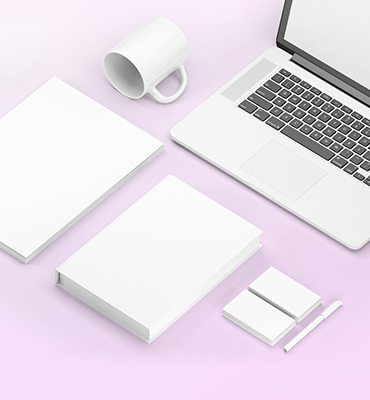

Create your design Use our templates to create delightful designs for any medium
